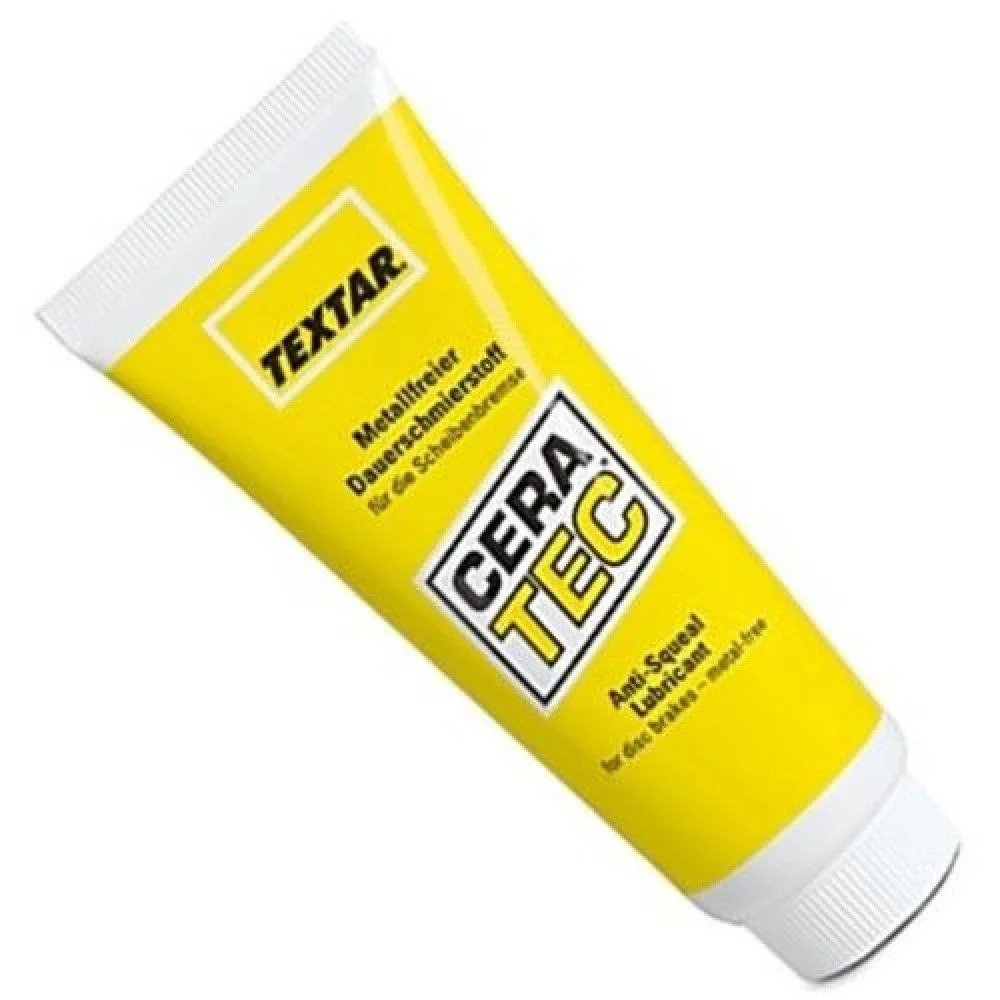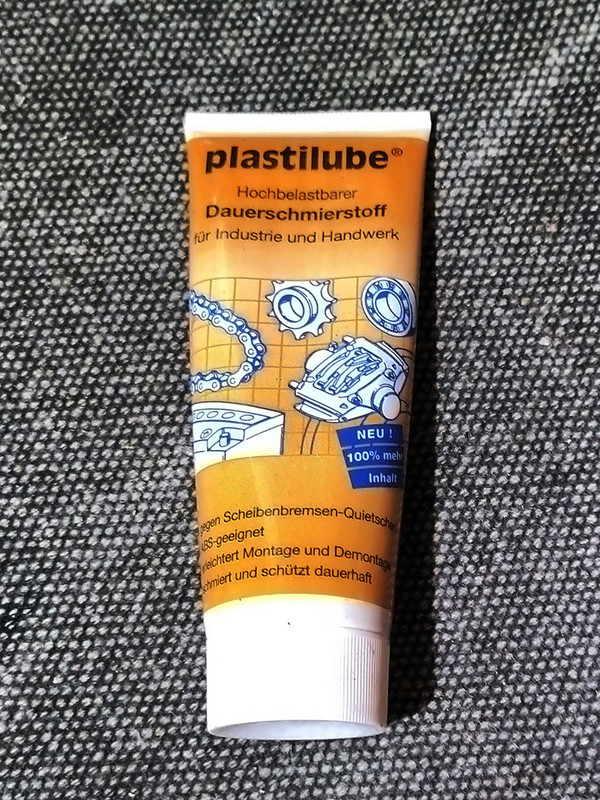I’d like to share my experience and likely may ruffle feathers. All the aftermarket lubricants will fail unless you regularly service them by removing the old stuff, cleaning, and replenishing with new lubricant within 2 years in rust belt area. I switched over to the AGS sil-glyde product for the caliper pins and after 3 years and 36K of not inspecting, the pin froze solid in the caliper for the ‘03 Corolla. Probably took me close to 3 hours of heating, soaking, rattling, and impacting that I finally freed the pin as it was destroyed regardless. No visually damaged boots and the solid pin with the non-rubber sleeve was the one that seized up. Upon further inspecting, the shaft looks more like orange peel so you can argue the base pin material corroded and the lubricant failed. I believe if you looked up the flat rate master on you tube, he expressed dissatisfaction with the Permetex purple ”decomposing” and turning gummy as I had. So now, I converted over to Toyotas supposedly factory rubber pinkish grease p/n 08887-01206 and see if any improvement. I serviced the caliper pins on my ‘15 Toyota Sienna that has never been serviced nor driven in the snow/salt water after 7 years and 50k, the pins are beautiful and free with no issues with the factory lubricant! Strange the color was more amber/tan/brown so I give up.
What I will say is only clean the pins with solvent clean and wipe, and NOT use a dremel, wire brush, sand paper, abrasive pads, grind wheels, etc. etc. because this will scratch the factory anodize or chromate dip in the pins and basically you just bought the farm like I did. I’m betting that‘s the culprit in my example frustration. Either replace pins if too corroded or aggressively clean as mentioned and shorten service intervals to 1 year. Choose whatever brand AGS, Super Lube, Permetex, Mission Automotive, 3M, factory…but properly service every 2 years minimum.
I've had the opposite experience, that it's all in the lube and not the short interval.
It only takes one look at the bottom of my older vehicles to see that I'm in the rust belt. The first time I service brakes on a vehicle, I completely clean out the old, usually petroleum based grease, replacing it with silicone paste. I use the Raybestos but the Missions, 3M, et al are pretty similar. It has to be silicone paste, not lower viscosity dielectric grease, and not just something that has silicone in it.
It does not dry out like Sil Glyde and other organic (esp. petroleum) based lubes. It might have some silicone oil separate out on a vehicle sitting unused for years, but I've not encountered that. I've never had to reapply it in between brake jobs (new pads at least) and more often than not, don't have to reapply on every pad swap. This is within the context of having components in good condition to start with, not after a prior grease dried up, vehicle continued to be driven after that point, and you have bad pins and seals already. Unfortunately this latter condition is often when people notice problems, just had pad slap replacements done and no further servicing of the braking system.
Certainly a damaged boot should be replaced, but I haven't had the silicone pastes damage any. When the organic based lubes dry out, (or boot damage), that's when you start getting corrosion. If the pins don't corrode, there is no material that needs removed. If the pins did corrode, it depends on how badly, either replace them, or when it is minor, I have used abrasives to clean them off and they worked fine.
The key is still to use a lube that doesn't dry out so it provides corrosion protection to the bare steel, and to use enough of it. I've seen some poor advice here and there to only use a tiny amount because using more, the installer felt resistance pushing the pin back in. That is not a problem but rather a sign you didn't use too little, and that the seal is still somewhat working. This did not shorten the service interval at all, still lasted until the next brake pad swap, or a failed boot let gunk in. At the same time, this recent talk about ATE... sure, not all calipers are the same.




